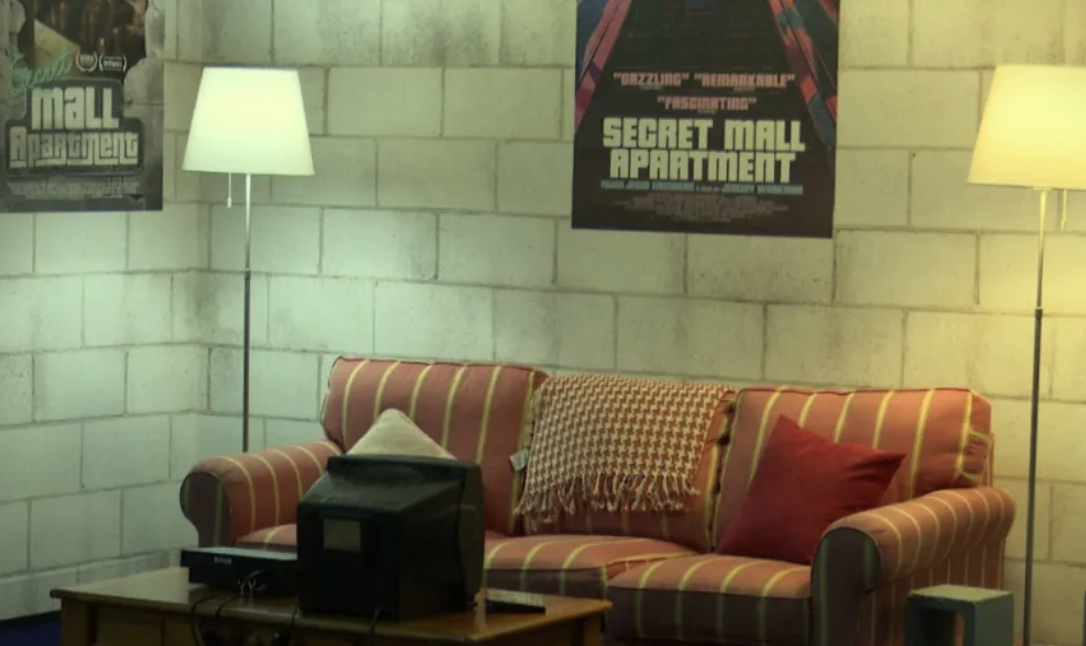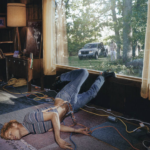A group of artists secretly moved into a 750-square-foot space in a large mall in Providence, Rhode Island in 2003. They planned to stay for a day or a week at most, but ended up living there for four years. The mall was upscale and had robust security.
The threat of being found and evicted was always present. But the group transformed the space from one littered with construction material into a home. They did not have running water and relied on the mall’s public bathrooms.
They could not get mail delivered. But they ate, slept, read, held meetings, watched TV, and played video games in their secret sanctuary. This continued until 2007 when security officers discovered their hideout.
Michael Townsend, the leader of the group, was arrested. He was charged with trespassing and banned from the mall for life. A new documentary called “Secret Mall Apartment” tells the full story for the first time.
It is directed by Jeremy Workman and premiered recently at a theater in that very mall. Before this film, Townsend had refused over 30 filmmakers who approached him. He and Workman first met in 2019 in Greece.
Workman was filming another documentary at the time, and Townsend was doing a tape art project. “I met Michael as an artist first,” Workman said. “I didn’t meet him as the guy who snuck in and lived inside the secret apartment.
That perspective stayed with me throughout the production.”
Workman saw the mall apartment as an extension of Townsend’s art, not just a spectacle.
Inside the secret mall apartment
This earned Townsend’s trust.
Townsend gave Workman access to 24 hours of video recordings he had kept for 17 years. This personal video archive is the backbone of the film. Current-day interviews and public archival materials are woven around it.
The low-res, handheld footage shows the group constructing the apartment and gathering in it. It also shows their other collaborative art projects in various public spaces. The projects often felt impermanent.
In 2001, the group created about 500 life-size silhouette portraits of every fireman and airline passenger who died on 9/11. They arranged them in the shape of four giant hearts across New York City’s streets. In 2005, on the 10th anniversary of the Oklahoma City bombing, the tape artists went to Oklahoma City.
They worked on a public wall memorial called the “Week of Hope.” They also held workshops and made art with local schools, hospitals, and community centers. Was the mall apartment a crime? A prank?
A work of art? A social experiment? A critique of consumerism, gentrification, or capitalism?
“For the artists, it’s like, sometimes it was their living space, sometimes it was just a headquarters, but other times it was like this set,” Workman said. Parts of the film lean towards sentimentality, like when former collective members show their keys to the apartment at the end. But its personal touch might be the best way to honor the project’s integrity.
It was ultimately a secret shared between friends.















